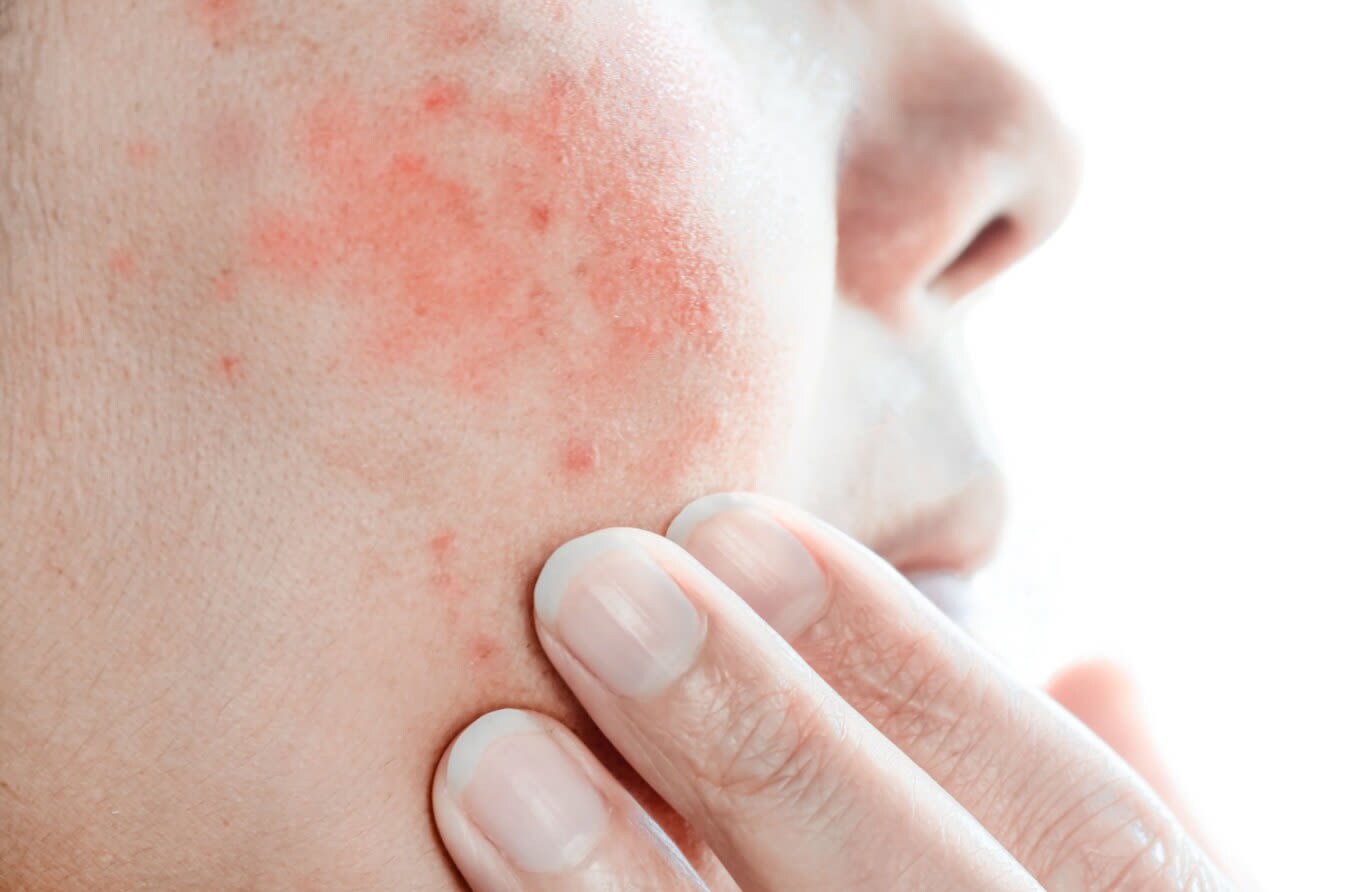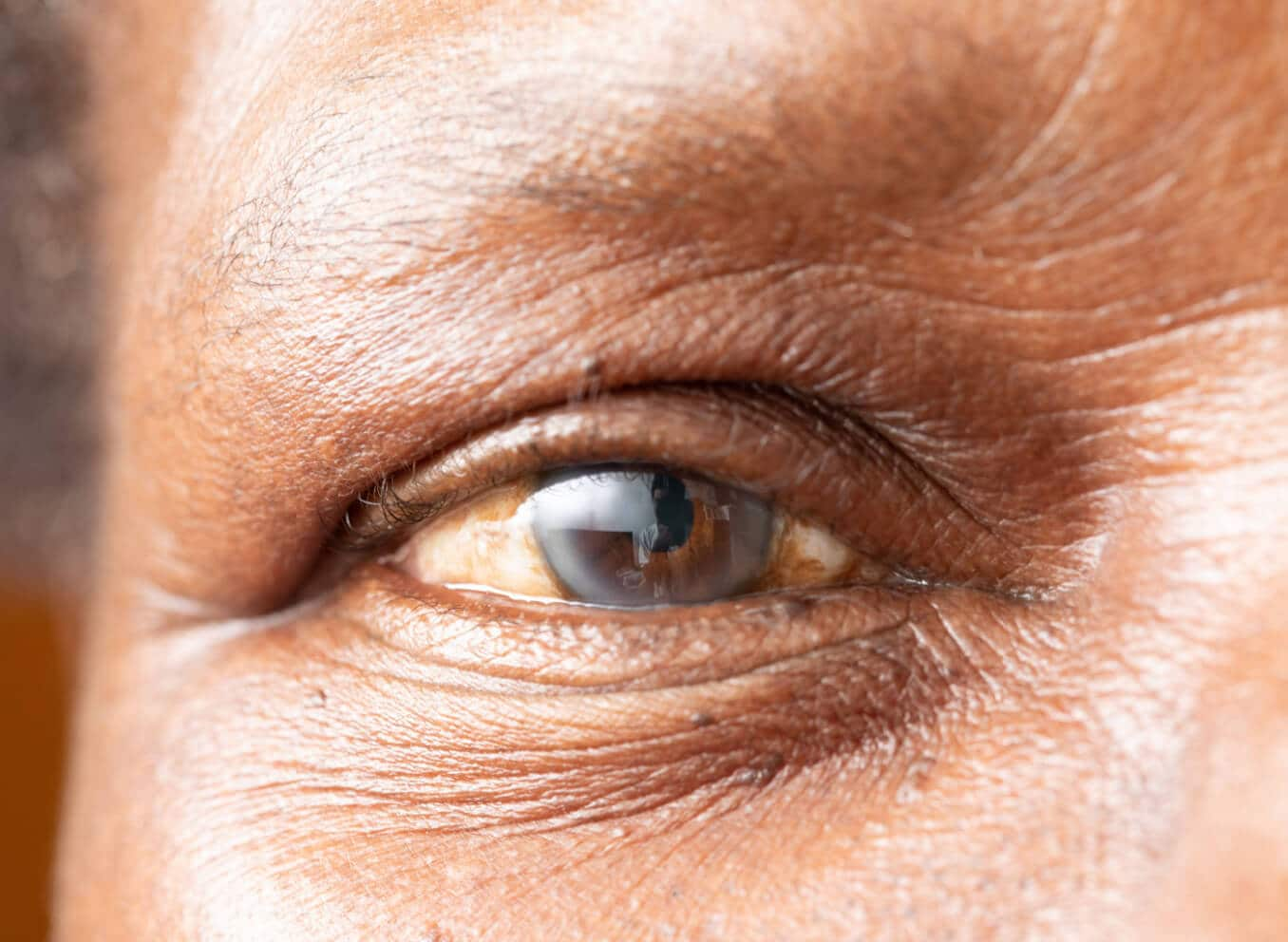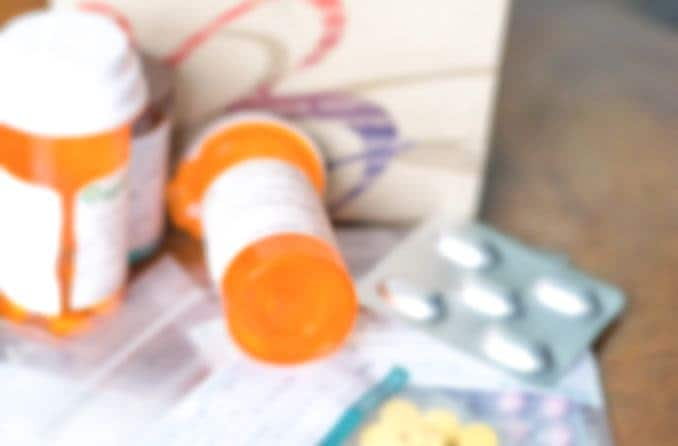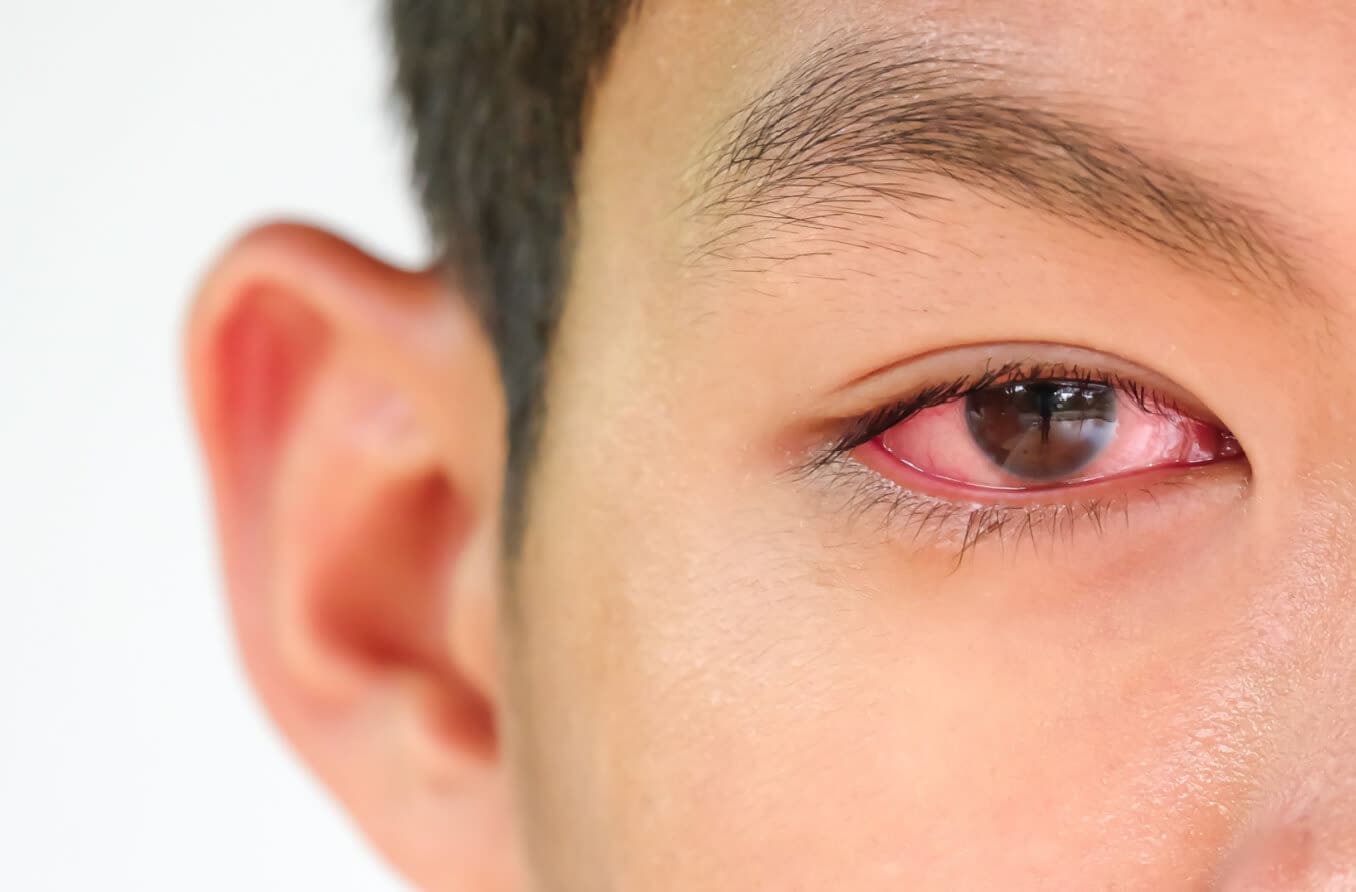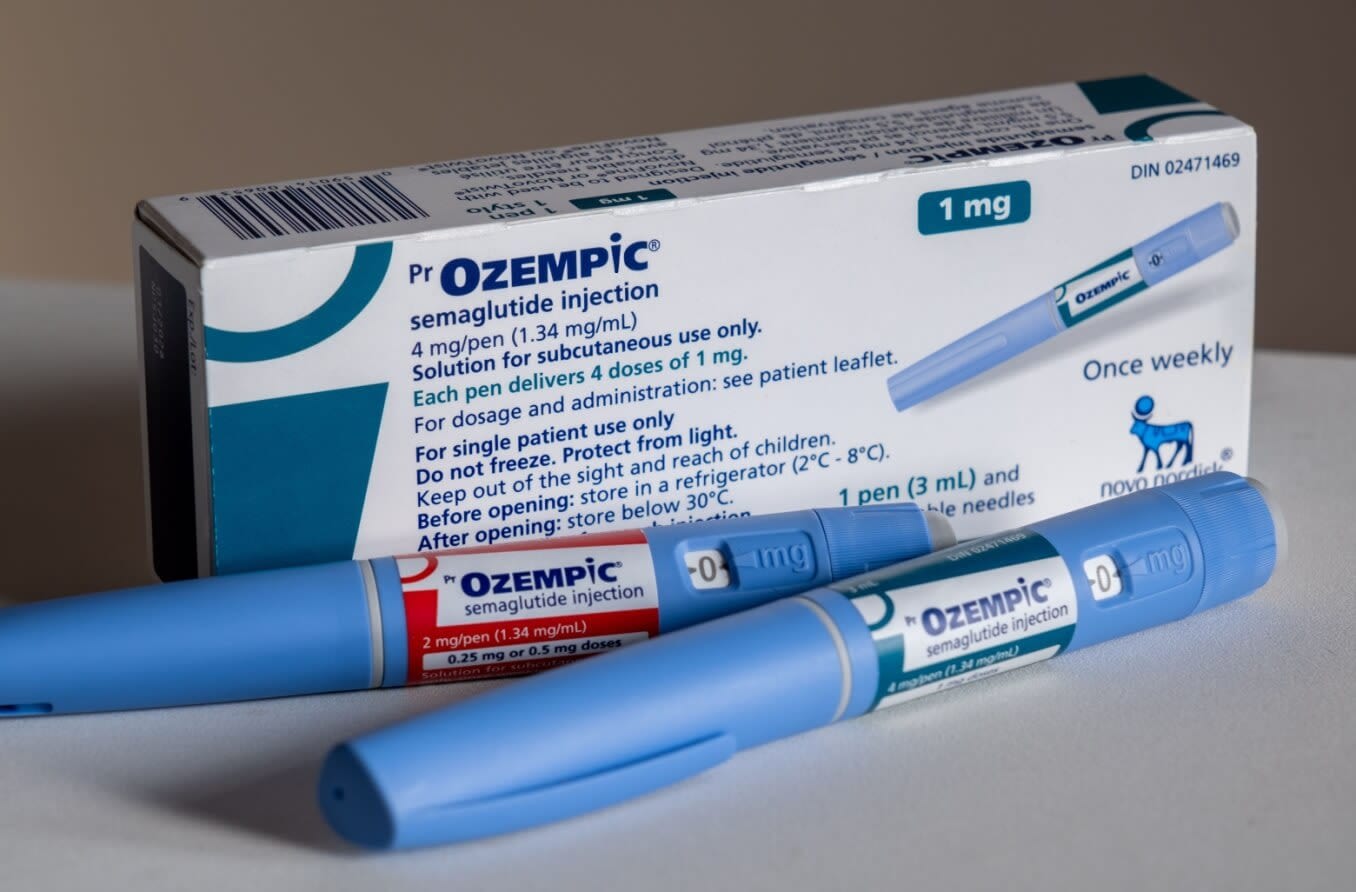What is Stevens-Johnson syndrome?
Stevens-Johnson syndrome (SJS) is a rare and serious dermatological condition involving painful lesions and blisters on a person’s skin. These abnormalities can also occur in mucous membranes, including the conjunctiva of the eye.
SJS can cause skin loss and other systemic effects. It can also lead to serious eye problems and can even be fatal in some situations.
Causes of Stevens-Johnson syndrome
The most common reason for Stevens-Johnson syndrome is an adverse reaction to medications. Experts believe these adverse reactions are responsible for up to 80 percent of SJS cases.
The types of medications commonly linked to the onset of SJS include:
- Anti-inflammatories
- Antibiotics
- Anticonvulsants
- Sulfonamides
- Acetaminophen
- Nevirapine
- Allopurinol
- Contrast media
- NSAIDs, particularly oxicam
Some types of infections can also cause Stevens-Johnson syndrome. It’s most commonly caused by infections resulting from the bacterium Mycoplasma pneumoniae. Other infectious agents that may cause SJS include:
- Herpes simplex
- Measles
- Streptococcus
- Adenovirus
- Varicella zoster (chickenpox)
- Cytomegalovirus (CMV)
Children and young adults are more likely to be affected by Stevens-Johnson syndrome, but it can occur in all age groups.
Other factors, including chemotherapy, HIV and genetics, can also contribute to the development of SJS. Let your doctor know if anyone in your family has experienced SJS, as it raises your risk of developing the condition, too.
How Stevens-Johnson syndrome affects the eyes
Along with your skin, Stevens-Johnson syndrome can affect your mucous membranes. Mucous membranes are moist structures that line your organs and other internal parts of the body. The conjunctiva is a clear mucous membrane that protects the surface of your eye.
But the conjunctiva isn’t the only part of the eye that SJS can impact. Some eye conditions that may be brought on by SJS include:
- Conjunctivitis
- Iritis (inflammation within the iris)
- Blisters or ulcerations on the eyelids
- Corneal blisters
- Corneal perforation
Eye problems may worsen or change during each stage of Stevens-Johnson syndrome. Some people may also have ongoing eye issues after SJS, which can include:
- Photophobia (light sensitivity)
- Dry eye
- Trichiasis (ingrown eyelashes)
- Symblepharon (adhesion within the conjunctiva)
- Eye pain
- Reduced visual acuity (often due to ongoing complications of the ocular surface)
- Corneal scarring
- Corneal neovascularization (formation of new blood vessels in the cornea)
- Conjunctival scarring
- Inverted eyelids
- Blindness
SEE RELATED: Corneal disease: A Guide to conditions and treatments
Identifying early symptoms of Stevens-Johnson syndrome
The signs and symptoms of Stevens-Johnson syndrome typically occur in stages. In most cases, SJS begins with fever and other flu-like symptoms. From there, several other traits of the condition may develop, including rashes, swelling in some parts of the body and certain eye problems.
Early Stevens-Johnson symptoms and signs may include:
- Flu-like symptoms (such as fever or sore throat)
- Red eyes
- Joint pain
- Cough
- Pinkish or red, sensitive skin
- A sunburn-like rash that may occur on any part of the skin
The next phase of signs and symptoms usually occurs within a few days after the initial effects develop. These can include:
- Additional rashes
- Blisters or lesions located on the nose, mouth, eyes, genitals and other parts of the skin
- Skin peeling where blisters have developed
- Swelling in the face, mouth, tongue, throat or lips
- Dry eyes or a gritty sensation in the eyes
As swelling and blisters develop in the mouth, it can be difficult or uncomfortable to swallow, eat or drink. This may worsen if the blisters rupture.
You may continue to experience dryness in your eyes and mouth after your symptoms start to go away. Depending on the severity, the lingering dryness can lead to additional vision problems. If your mouth remains dry, it may also affect your oral health.
The symptoms and their severity can vary among each patient. Speak with your eye doctor about any eye-related symptoms and how to manage your concerns during and after experiencing SJS. It’s also important to let them know if you notice any changes or new symptoms.
Treatment options for Stevens-Johnson syndrome
Due to its severity, Stevens-Johnson syndrome is treated in the hospital. In many cases, patients are placed in the intensive care unit.
Some methods used to treat SJS include:
- Intravenous (IV) fluids for the prevention or treatment of dehydration, which can occur due to peeling skin
- High-dose steroid regimen or intravenous immunoglobulin therapy to help control the reaction
- Medication for pain management and inflammation
- Wound care for blisters, lesions and rashes (including creams, non-adhesive bandages or cold compresses)
- Special treatments for dry eyes, the mouth or the genitals
SJS eyes are treated in a number of ways. Patients may be given the following:
- Ointments and artificial tears to keep the surface of the eye lubricated
- Steroid eye drops for those who experience severe eye inflammation and redness
- Antibiotic eye drops for patients who develop eye ulcerations
Prompt treatment is critical for Stevens-Johnson syndrome. As long as you are using the drug that caused your reaction, your symptoms may also continue. The reaction may not end for up to 14 days after you’ve stopped taking the medication.
Complications of Stevens-Johnson syndrome
Stevens-Johnson syndrome can cause serious complications in several parts of the body, both during and after the reaction. Some examples of this include:
- Dehydration due to skin loss
- Dehydration due to mouth sores or blisters, which make it difficult to swallow water and other fluids
- Eye problems such as inflammation, dryness, or corneal or conjunctival ulcers
- Sepsis, which can occur if bacteria make their way into the bloodstream through open sores
- Respiratory problems such as wheezing or trouble breathing, which may happen if the lungs struggle to carry oxygen to the blood
- Skin that appears darker or lighter after it heals
- Hair loss
- Fingernails and toenails may fall out and grow back differently than before
- Scarring in parts of the body that were affected by the condition
These effects may not be the same for each patient, as SJS can affect some people more severely than others.
Stevens-Johnson syndrome vs. toxic epidermal necrolysis
Toxic epidermal necrolysis (TEN) and Stevens-Johnson syndrome are sometimes used interchangeably when describing this disease. While they are on the same spectrum of the same overarching condition, there is a difference between the two conditions.
When one-tenth or less of the body’s surface area is affected by lesions, rashes and other features, it’s called Stevens-Johnson syndrome. When one-third or more of the surface area is affected, it’s considered toxic epidermal necrolysis.
SJS can eventually develop into toxic epidermal necrolysis, but this isn’t always the case.
Living with Stevens-Johnson syndrome: Eye care tips
Stevens-Johnson syndrome is temporary, but the effects that ensue can be long-lasting — especially for the eyes.
Speak with your eye doctor about your condition, the symptoms you experienced during your reaction and any ongoing issues. Of course, your personal vision care depends on your problem areas, but there are treatments available for those recovering from SJS. These may include:
- Corneal transplants
- Scleral contact lenses (to alleviate discomfort, correct abnormalities in the cornea and protect the eye’s surface)
- Keratoprosthesis
- Advanced dry eye treatments (such as amniotic membrane placement, autologous serum tears and immunomodulating eye drops)
Research is still being conducted on future potential treatments for SJS. This includes methods such as granulysin targeted therapy and limbal epithelial stem cell (LESC) transplantation.
Be aware of any new or worsening eye problems after experiencing SJS and bring them up to your eye care provider as soon as possible. Treatment plans may need to change to keep your vision and eye health in the best shape possible.
Finally, if you develop Stevens-Johnson syndrome due to an adverse reaction to a drug, it’s critical to avoid the medication and any related ones in the future to prevent reexposure. Family members may also need to avoid the medication as a precaution. Your health care provider can help you determine which medications you need to avoid.
READ NEXT: What is Sjogren’s syndrome?

